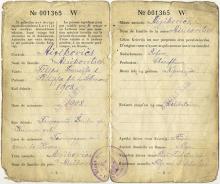Read More...
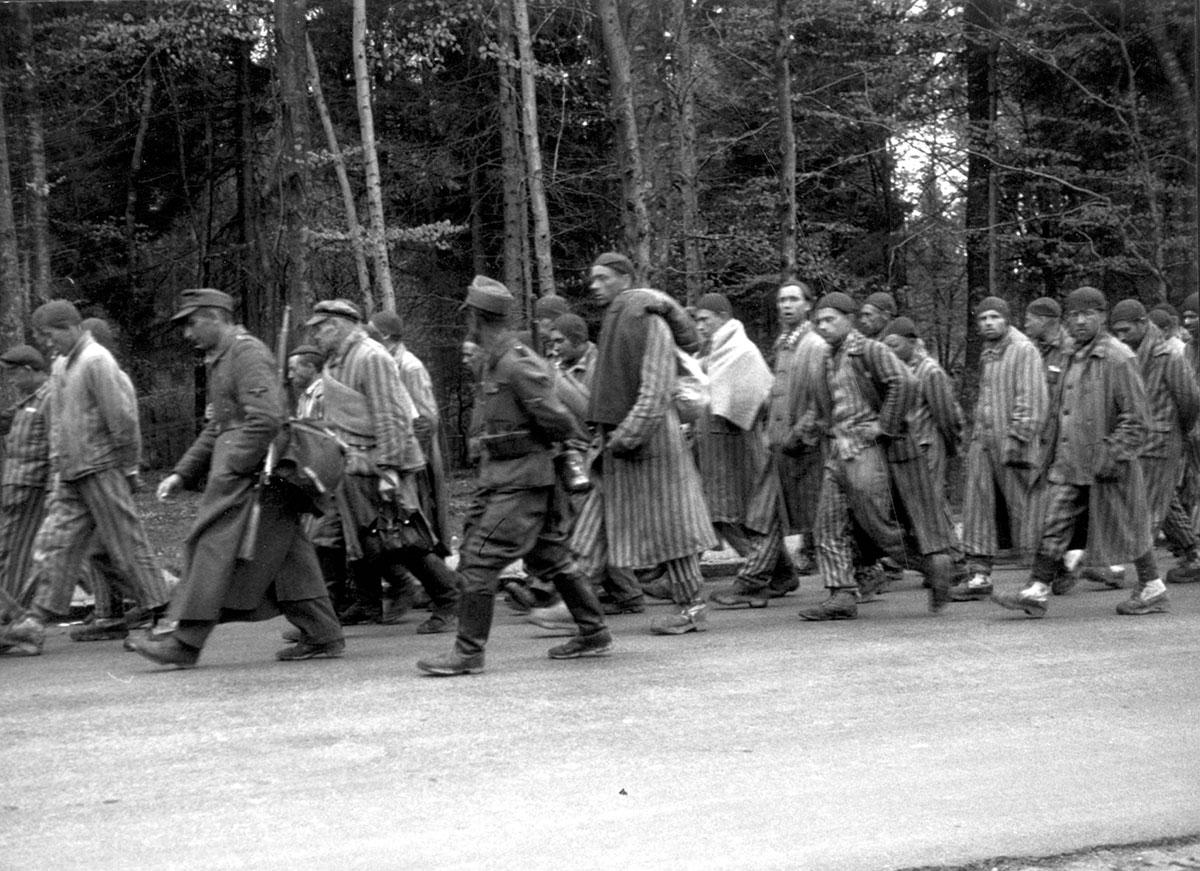
The inmates were forced to march hundreds of miles without water or drink, in order to prevent their liberation by the Allies
Yad Vashem Photo Archives 3845/2

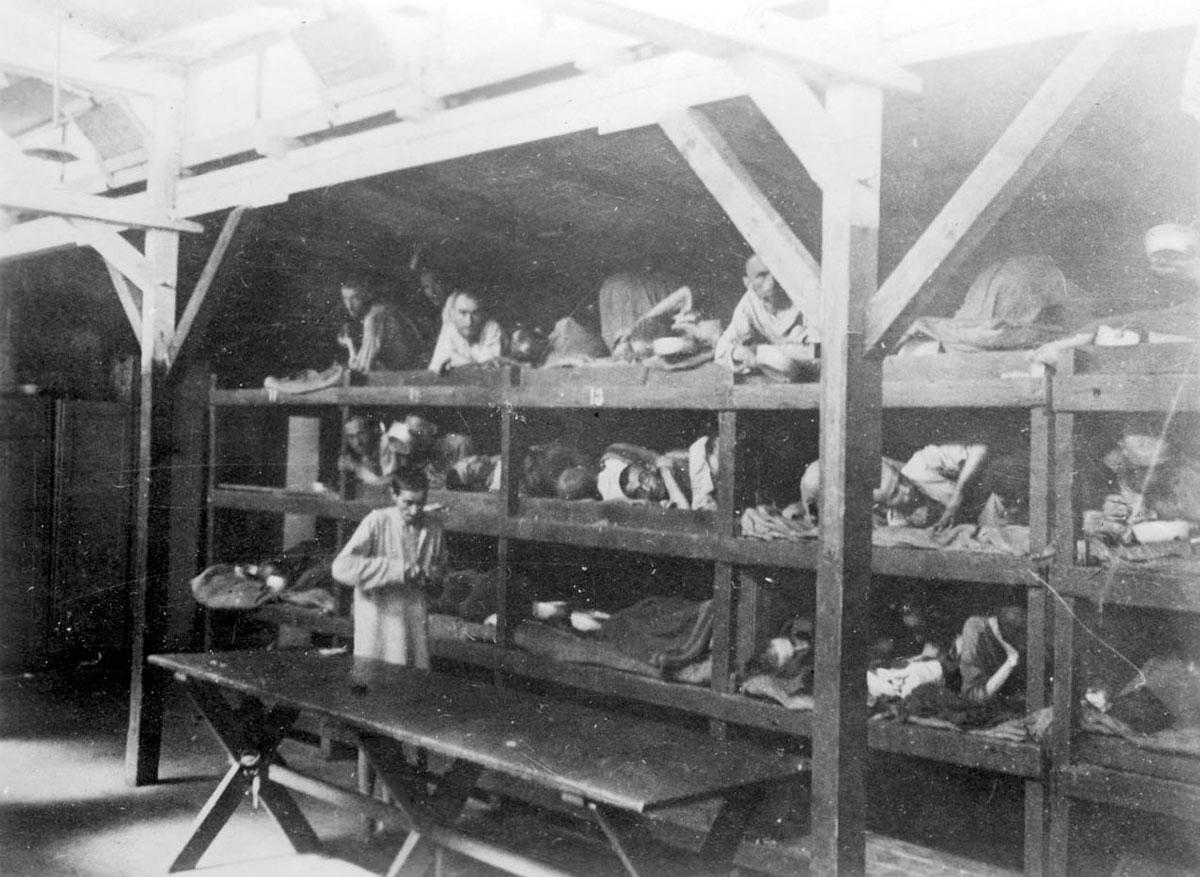
Yad Vashem Photo Archives 1586/340

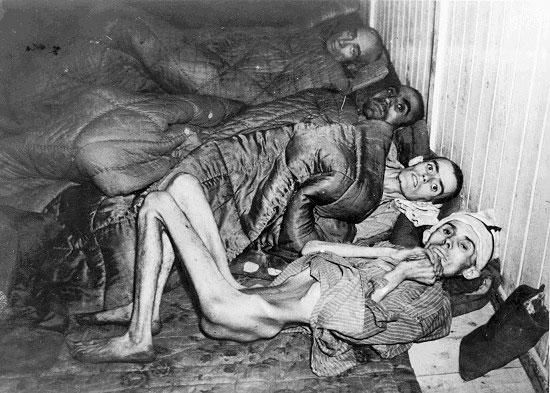
Yad Vashem Photo Archives

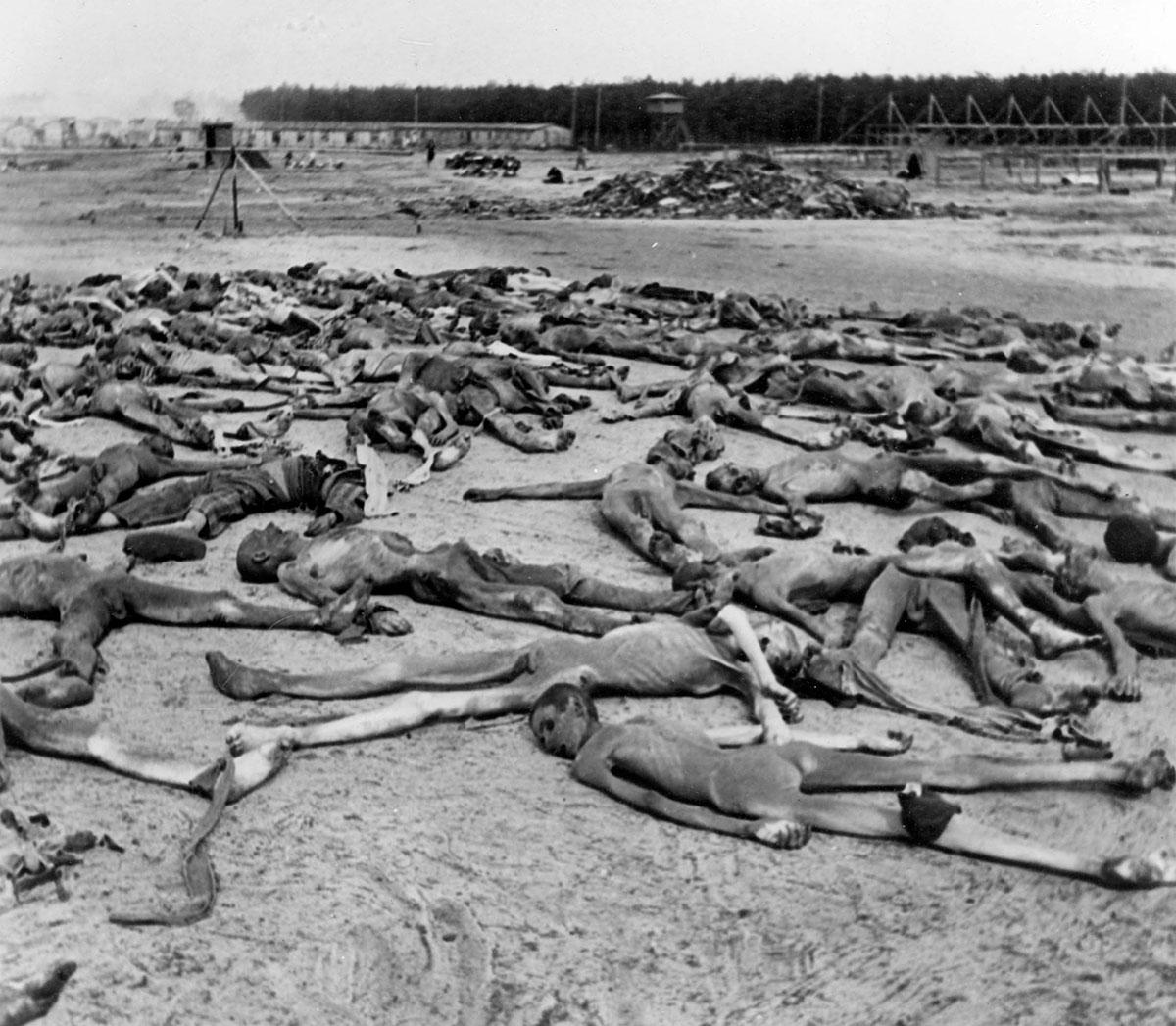
Yad Vashem Photo Archives 1201

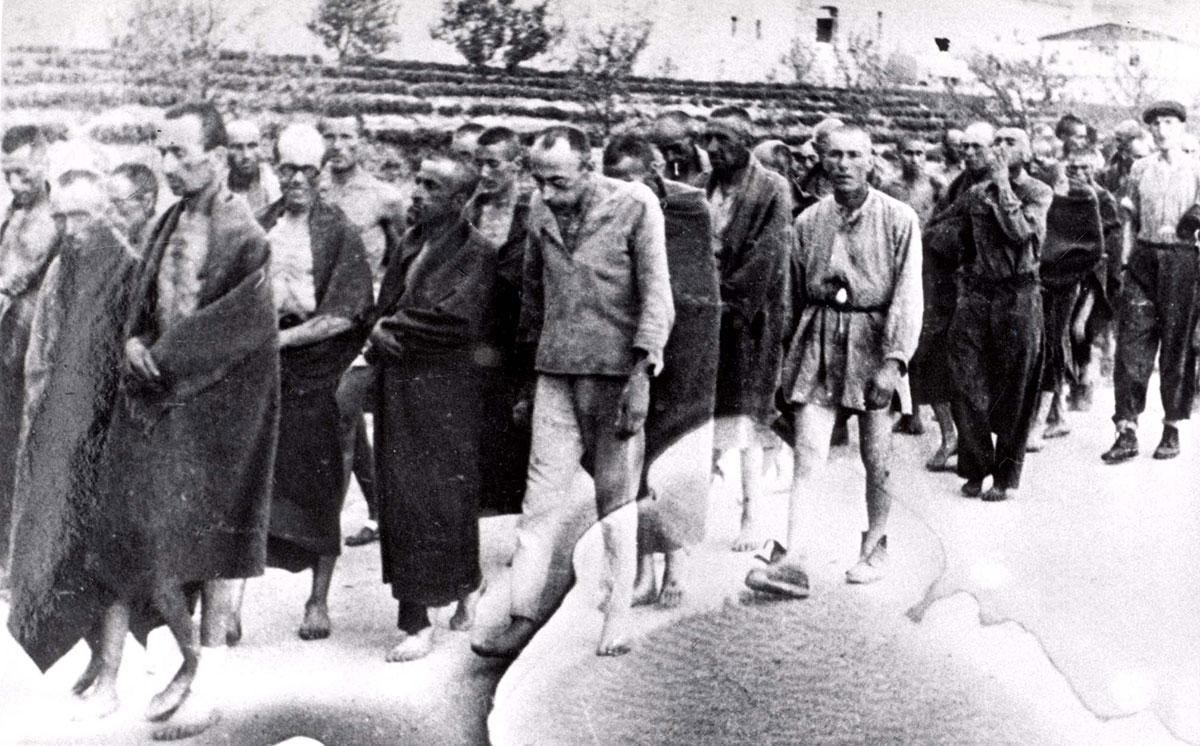
Yad Vashem Photo Archives 11CO1

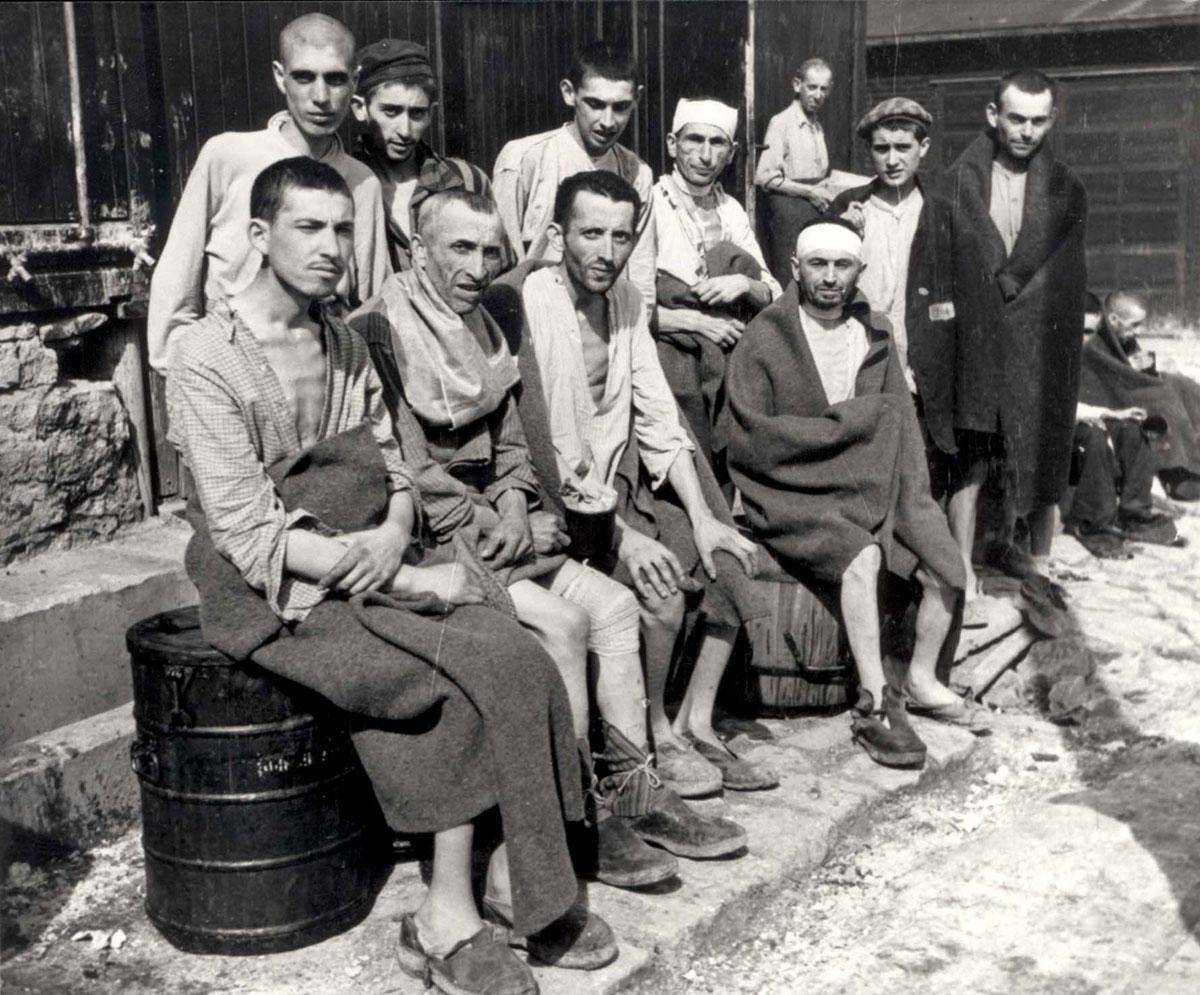
Yad Vashem Photo Archives 2500/35

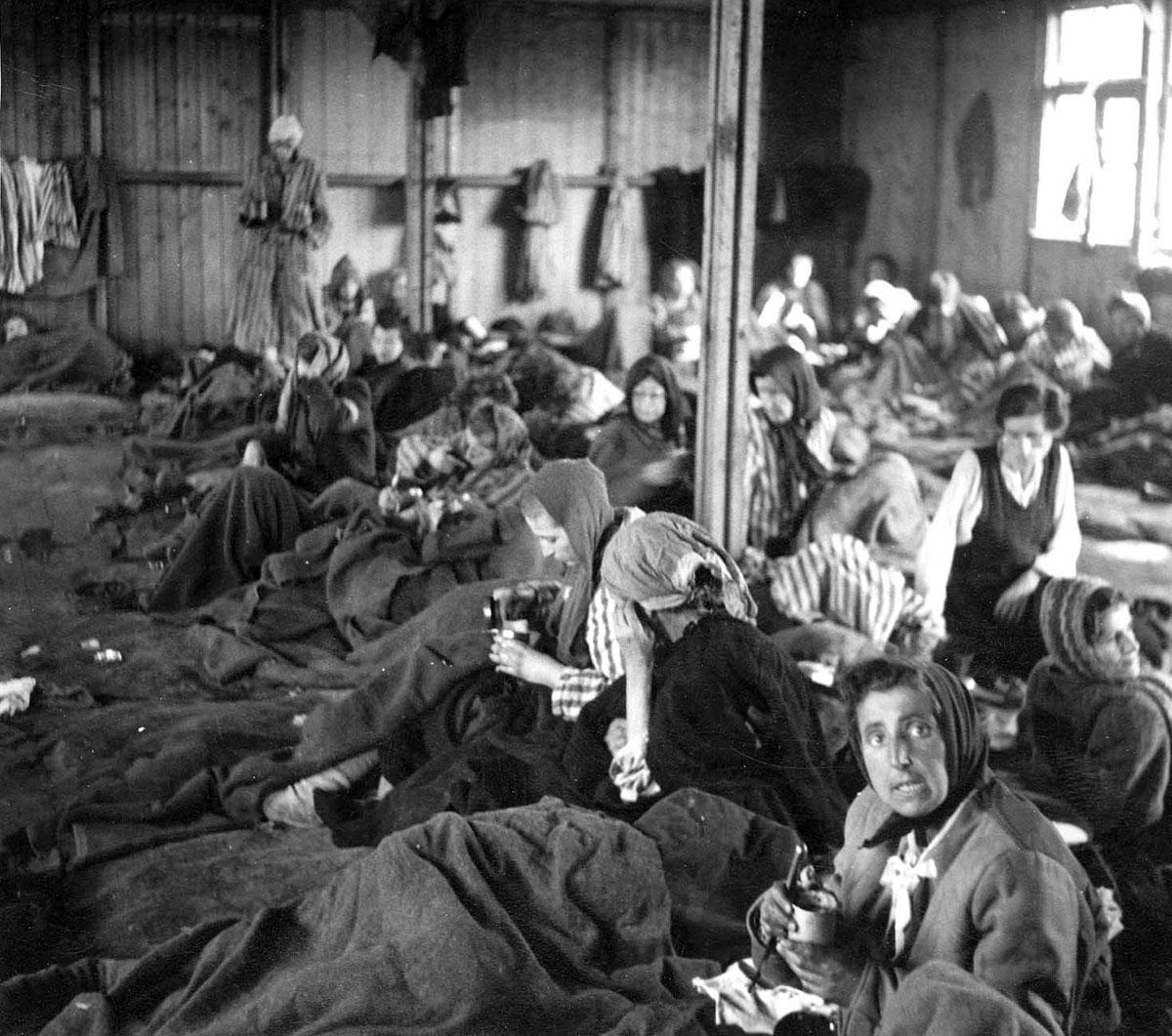
Yad Vashem Photo Archives 1600/14

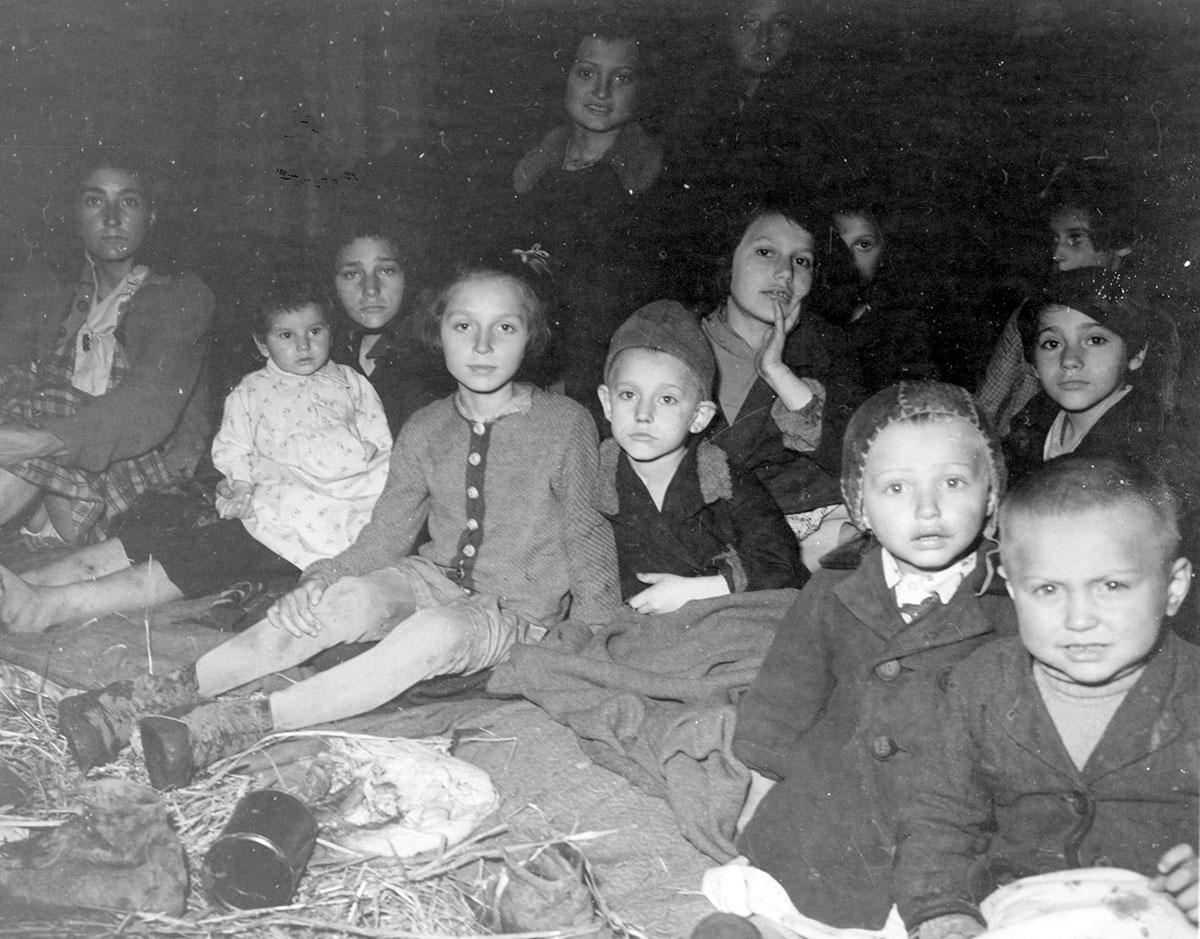
Yad Vashem Photo Archives 2EO3


Dress belonging to Genya Dvorkin, from the Vilna region, who was incarcerated in a labor camp in Germany. Before leaving on a death march, the Nazis ordered the inmates to cut off one sleeve of their dresses and replace it with another one, for identification purposes in case of escape.
Yad Vashem Artifacts Collection
Donated by Genia (Dvorkin) Jakobson, Sweden

.jpg?itok=kDsOQpSO)
Yad Vashem Artifacts Collection
Donated by Jeno Kahan, Brazil
.jpg?itok=YlntFckw)

Collection of the Yad Vashem Art Museum, Jerusalem
Gift of Dr. Bohuslav Kratochvíl, courtesy of Dr. Kurt Passer, London


Collection of the Yad Vashem Art Museum, Jerusalem
Gift of the artist


Gift of the artist
Collection of the Yad Vashem Art Museum

As the Third Reich crumbled and the eastern front collapsed, the Germans began a comprehensive retreat to the west, towards Germany. In the summer of 1944, while the Soviets were launching their massive push in the east, the Germans began clearing out the concentration camps and forcing the prisoners on death marches to the west. SS Chief Himmler ordered his subordinates not to allow the Allied armies to liberate living prisoners in the concentration camps – as had happened in Majdanek, where the murders had been discovered. The marches served a twofold purpose: to ensure that no witnesses would be left to testify to the murders, as well as to exploit the Jewish labor force until the last possible moment at the destination of the marches in German and Austrian camps. The guards who were ordered to lead the prisoners understood that these duties were an obstacle to their own escape from the Red Army; thus, they were all the more eager to kill the prisoners and get away. This mass murder continued until Germany’s surrender on May 8, 1945.
The first camps to be evacuated were in the Baltic States and in eastern and central Poland. At that time the camps were usually evacuated by train, with Kaiserwald also being evacuated by boat, but some prisoners also departed the camps on foot. Shortly afterwards a massive wave of death marches began.
On July 28, 1944, the camp established on the ruins of the Warsaw ghetto was evacuated and 3,600 prisoners, mostly from Greece and Hungary, were forced on a death march. Their destination was Kutno, approximately 130 kilometers from Warsaw. The Germans shot anyone who lagged behind along the route. Food was not provided for the inmates and they were prevented from drinking water. The surviving prisoners were transported on freight cars from Kutno to Dachau. Less than 2,000 inmates reached Dachau on August 9, 1944.
In September 1944, some 4,000 inmates were marched from Bor, Yugoslavia, to Hungary, from where they were sent to Oranienburg, Germany. More than 3,000 of the marchers were murdered. In November 1944, 70,000 Jews were marched from Budapest to concentration camps in the Third Reich, primarily to Dachau and Mauthausen. Tens of thousands were murdered during the march.
In January 1945, as a result of renewed Soviet attacks, the evacuation of the rest of the camps in Poland began. The larger death marches of that month left from Auschwitz in the south and Stutthof in the north. The evacuation of Auschwitz and its subcamps began on January 18, 1945. Approximately 66,000 inmates, mostly Jews, were marched and taken in freight cars to various camps, most to Gross-Rosen, Buchenwald, Dachau and Mauthausen. At least 15,000 perished during the journey. A few days later the evacuation of the subcamps of Stutthof began, and the main camp of Stutthof was evacuated on January 25. In total, some 26,000 of the 50,000 inmates of Stutthof perished in the marches or were shot on the beach.
The evacuation of Gross-Rosen and some its subcamps began in February 1945. Some 40,000 prisoners were evacuated. Thousands were murdered along the way and the remainder was sent to the concentration camps Dora-Mittelbau, Flossenburg, Buchenwald, Mauthausen, Dachau, Bergen-Belsen and Sachsenhausen.
From March 1945 until the German surrender on May 8, at least a quarter of a million prisoners were forced on death marches that lasted for weeks at a time. They perished throughout central Germany and Western Austria from suffocation, heat, starvation, hunger and thirst in freight cars, or were murdered on the foot marches.
At the end of March and beginning of April, 21,000-23,000 of the 48,000 inmates of Buchenwald were marched hundreds of kilometers to other concentration camps. Thousands of prisoners were murdered on this march. Marches started concurrently from Flossenburg, Sachsenhausen, Neuengamme, Magdeburg, Mauthausen, Ravensbrueck, and a number of subcamps of Dachau. Tens of thousands died on these marches.
The death marches continued until the last day of the war. In total, from the summer of 1944 until the end of the war, between 200,000-250,000 Nazi concentration camp inmates perished on these marches. Between one quarter to one third of the victims were Jews. After the war hundreds of mass graves with the corpses of tens of thousands of inmates who perished on these marches were found all along the routes of the marches.





